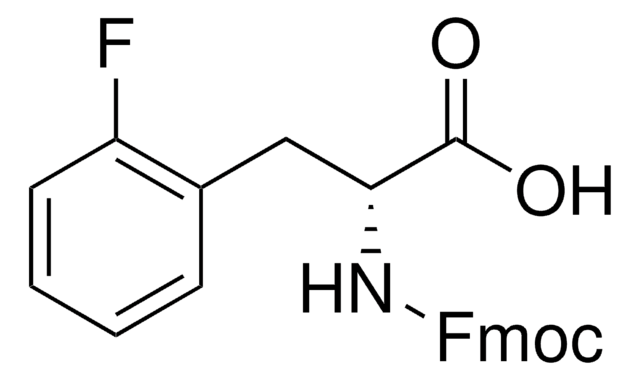All Photos(1)
About This Item
Linear Formula:
CH3(CH2)4C≡CCO2H
CAS Number:
Molecular Weight:
140.18
EC Number:
MDL number:
UNSPSC Code:
12352100
PubChem Substance ID:
Recommended Products
assay
98%
refractive index
n20/D 1.46 (lit.)
bp
148-149 °C/19 mmHg (lit.)
mp
2-5 °C (lit.)
density
0.961 g/mL at 25 °C (lit.)
SMILES string
CCCCCC#CC(O)=O
signalword
Danger
hcodes
Hazard Classifications
Acute Tox. 4 Oral - Skin Corr. 1B
Storage Class
8A - Combustible corrosive hazardous materials
wgk_germany
WGK 3
flash_point_f
213.8 °F - closed cup
flash_point_c
101 °C - closed cup
ppe
Faceshields, Gloves, Goggles, type ABEK (EN14387) respirator filter
Certificates of Analysis (COA)
Search for Certificates of Analysis (COA) by entering the products Lot/Batch Number. Lot and Batch Numbers can be found on a product’s label following the words ‘Lot’ or ‘Batch’.
Already Own This Product?
Find documentation for the products that you have recently purchased in the Document Library.
Amy Dhirapong et al.
Hepatology (Baltimore, Md.), 57(2), 708-715 (2012-09-22)
Collectively, the data in both humans and murine models of human primary biliary cirrhosis (PBC) suggest that activated T cells, particularly CD8 T cells, play a critical role in biliary cell destruction. Under physiological conditions, T-cell activation involves two critical
Lana S Barkawi et al.
Insect biochemistry and molecular biology, 33(8), 773-788 (2003-07-25)
The pheromone component, frontalin (1,5-dimethyl-6,8-dioxabicyclo[3.2.1]octane) is thought to be formed in Dendroctonus spp. bark beetles through the cyclization of oxygenated 6-methyl-6-hepten-2-one (6-MHO). Unlike many of the isoprenoid pheromone components of bark beetles, there is no obvious immediate host conifer precursor
J A Montgomery et al.
Biomedical & environmental mass spectrometry, 18(6), 416-423 (1989-06-01)
Rats given 2-octynoic acid by intraperitoneal injection excrete elevated amounts of medium-chain dicarboxylic acids and other acidic metabolites usually associated with human medium-chain acyl-CoA dehydrogenase deficiency. Onset of this organic acid profile is immediate and lasts for approximately 24 h.
Maria Vølund Heisterberg et al.
Contact dermatitis, 62(2), 97-101 (2010-02-09)
Methyl 2-octynoate is a synthetic fragrance which was first described to have sensitizing properties in 1935. It is one of the 26 fragrances to be labelled on the ingredient list according to current European cosmetics regulation. To report the experience
J M Fletcher et al.
Metabolism: clinical and experimental, 48(6), 685-688 (1999-06-25)
2-Octynoic acid was administered by intraperitoneal injection to fasted Sprague-Dawley rats in an attempt to simulate medium-chain acyl-coenzyme A dehydrogenase (MCAD) deficiency. The resultant urine organic acid profile showed a mild dicarboxylic aciduria but lacked the glycine conjugates characteristic of
Our team of scientists has experience in all areas of research including Life Science, Material Science, Chemical Synthesis, Chromatography, Analytical and many others.
Contact Technical Service










